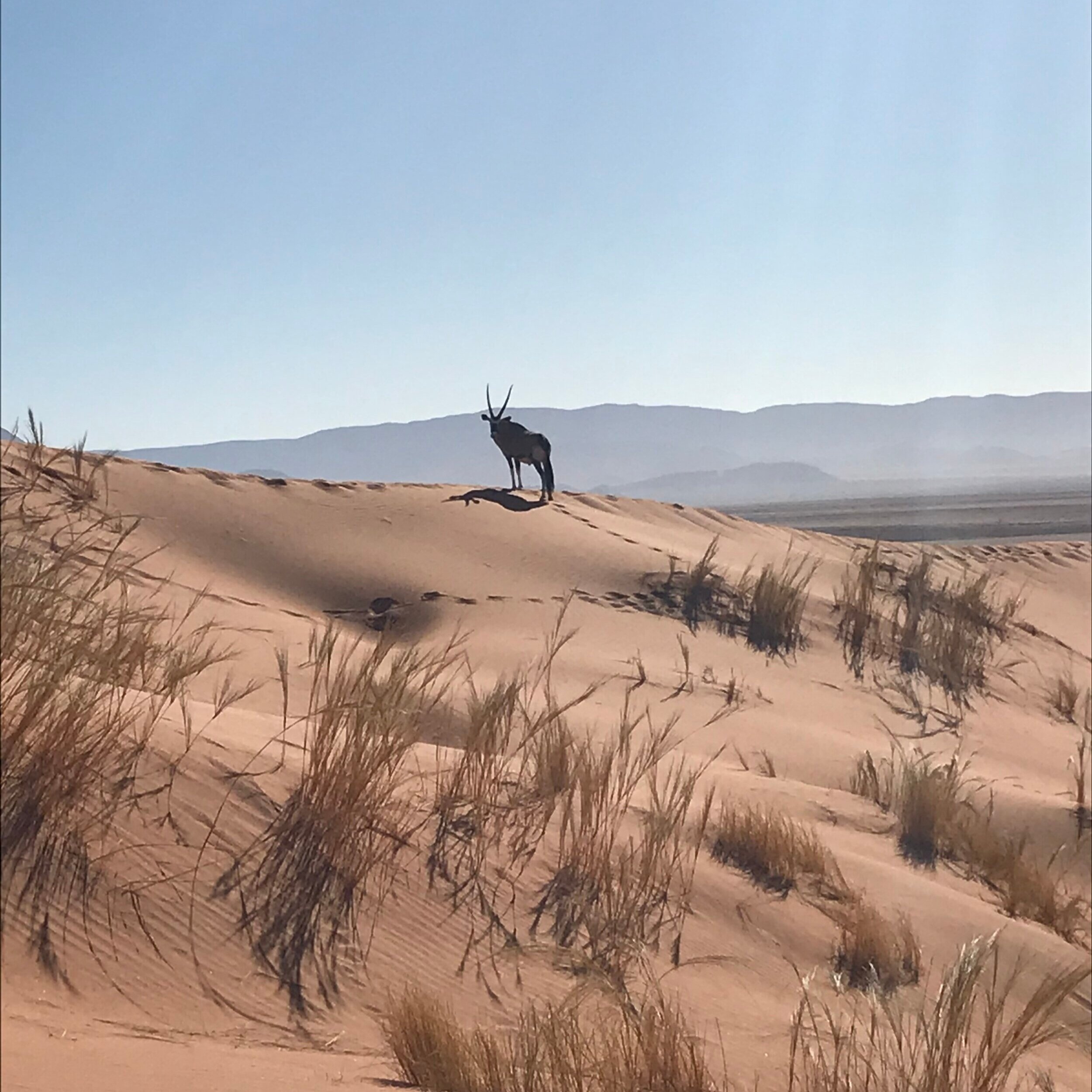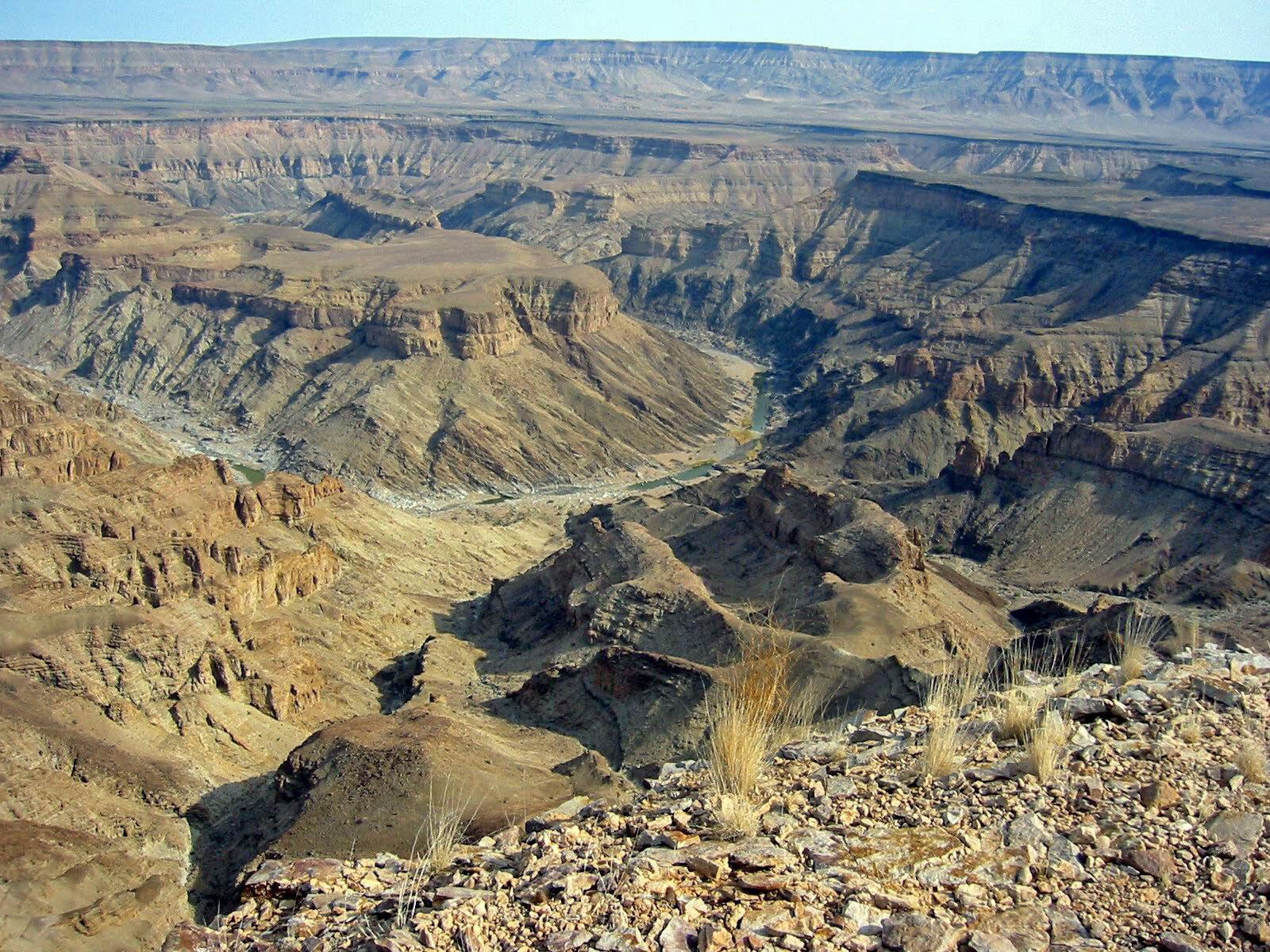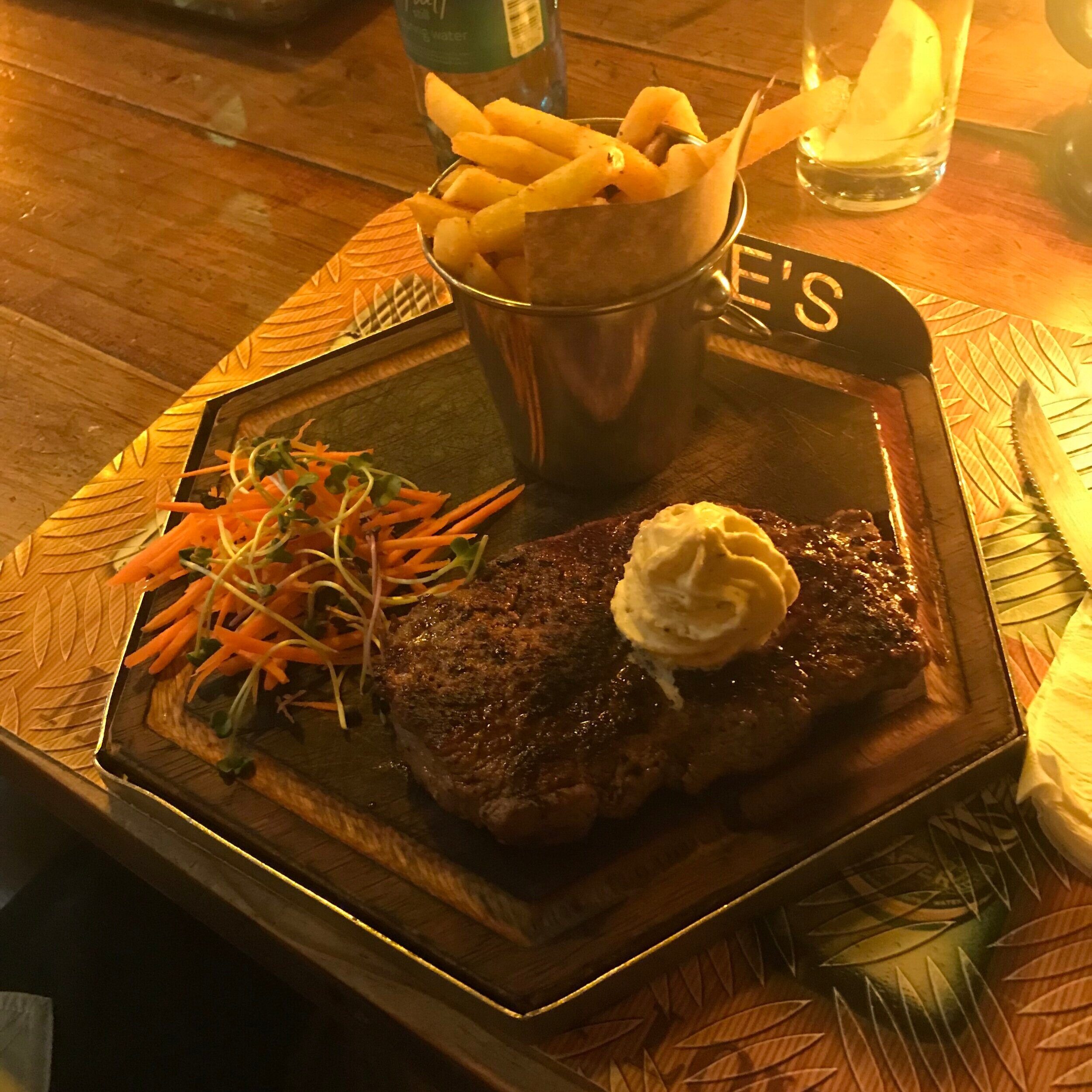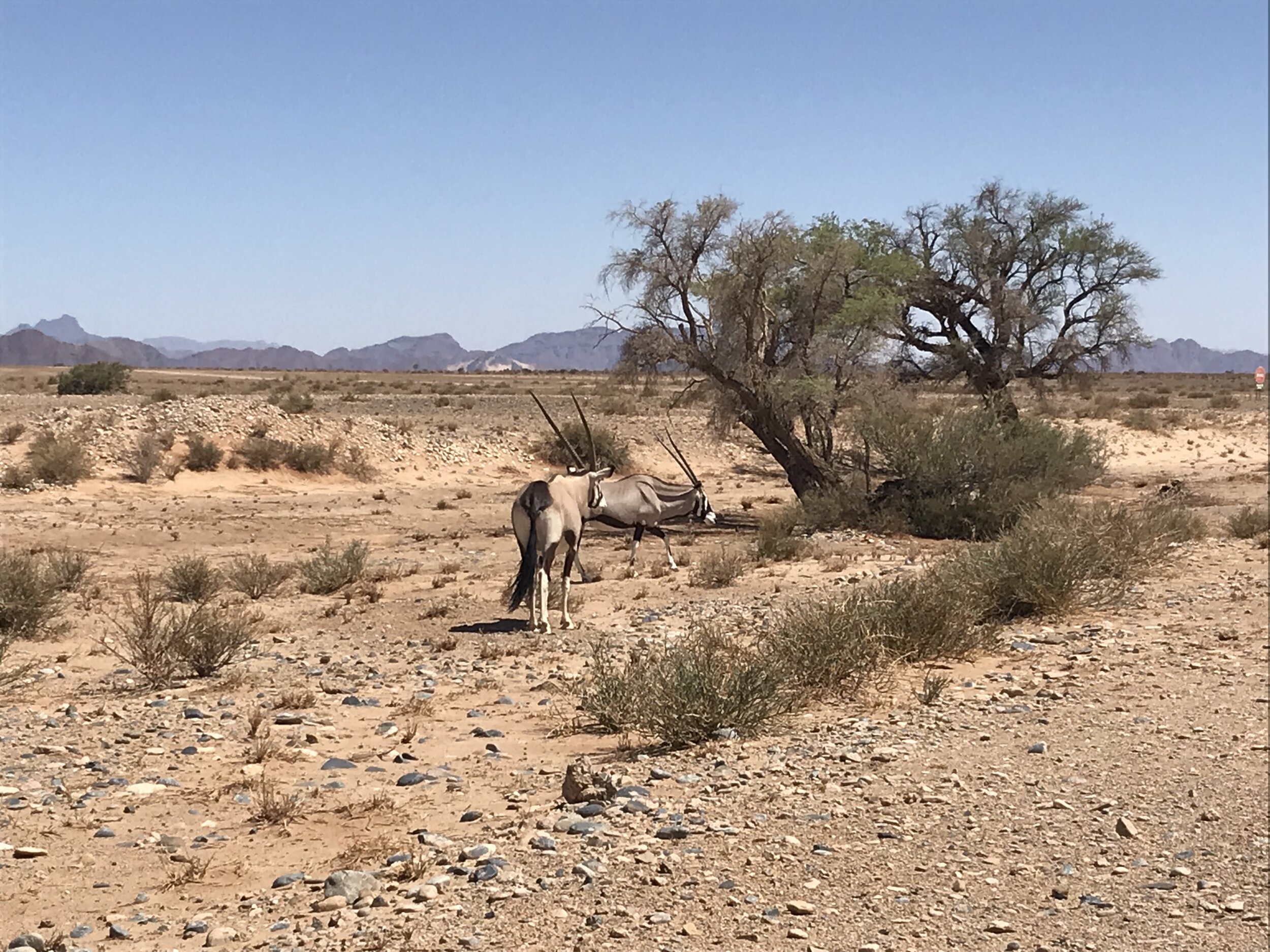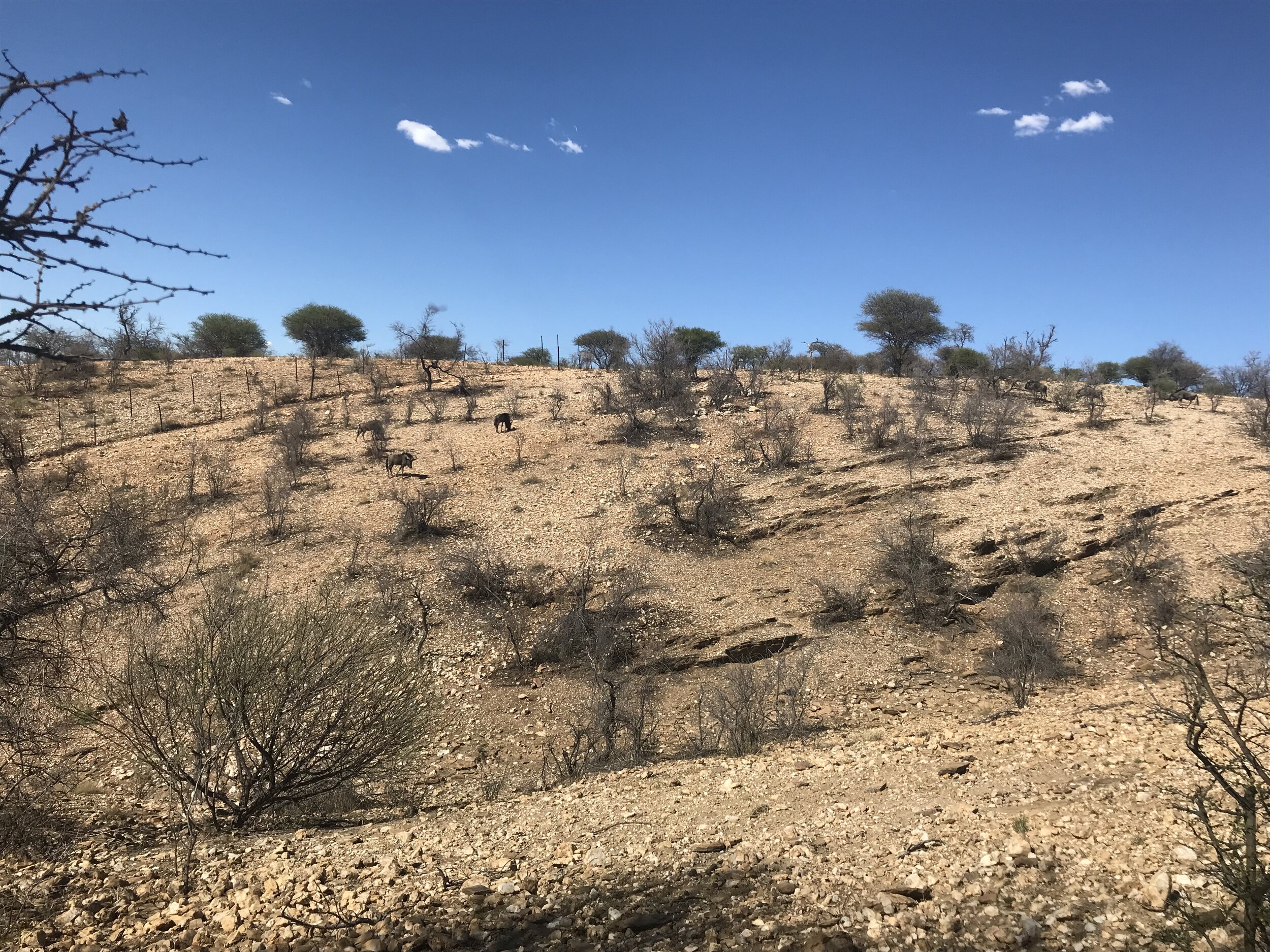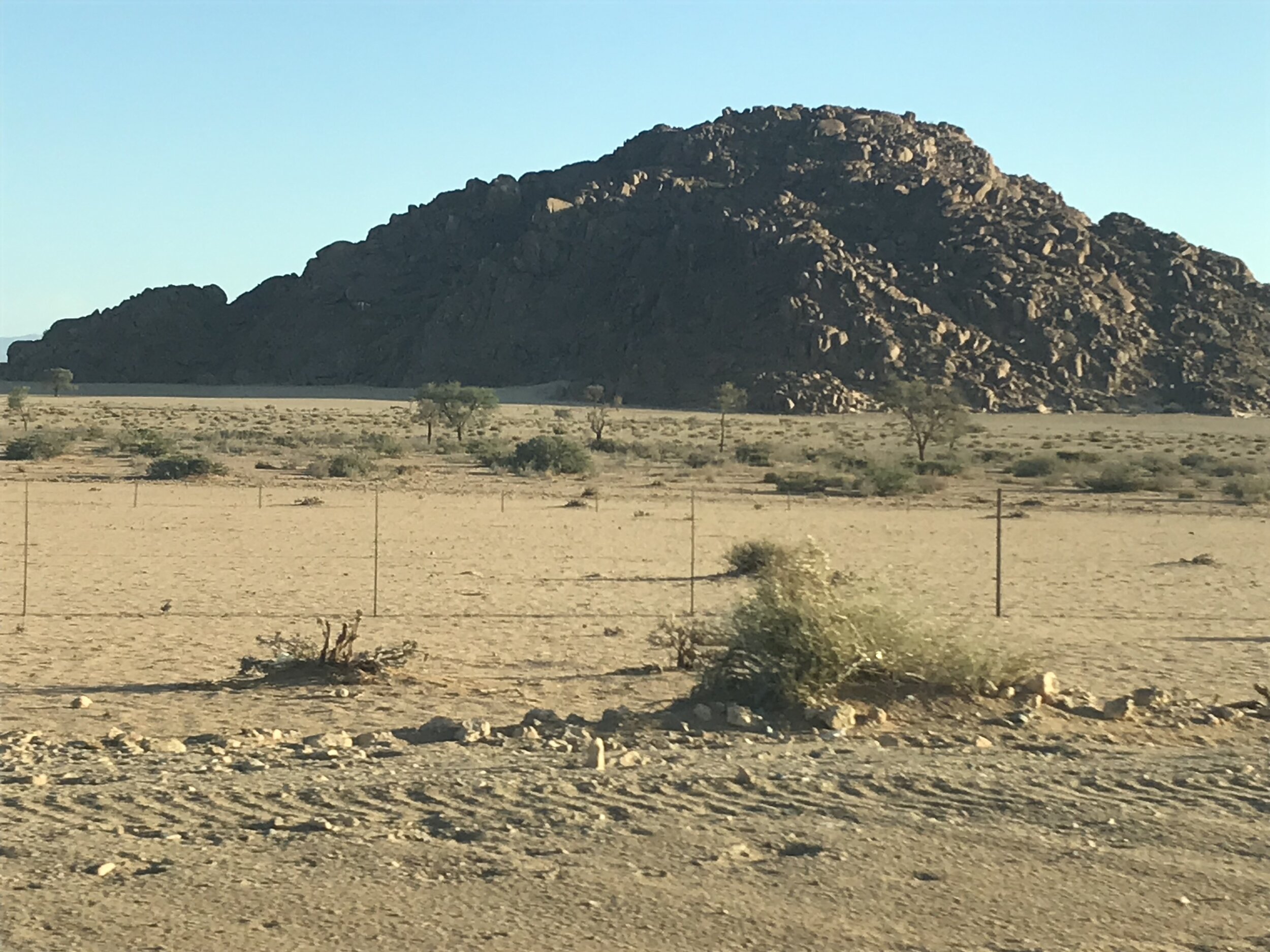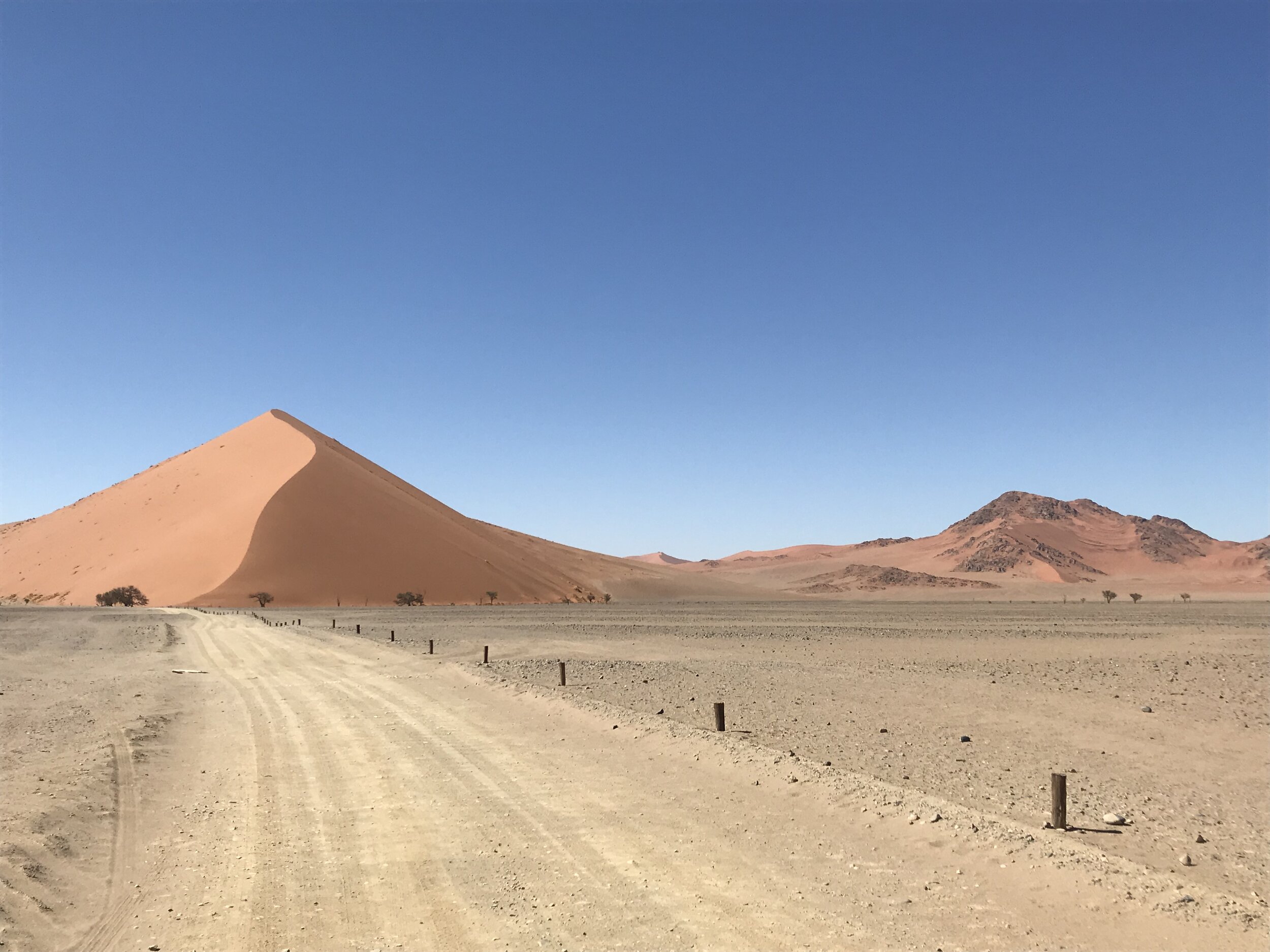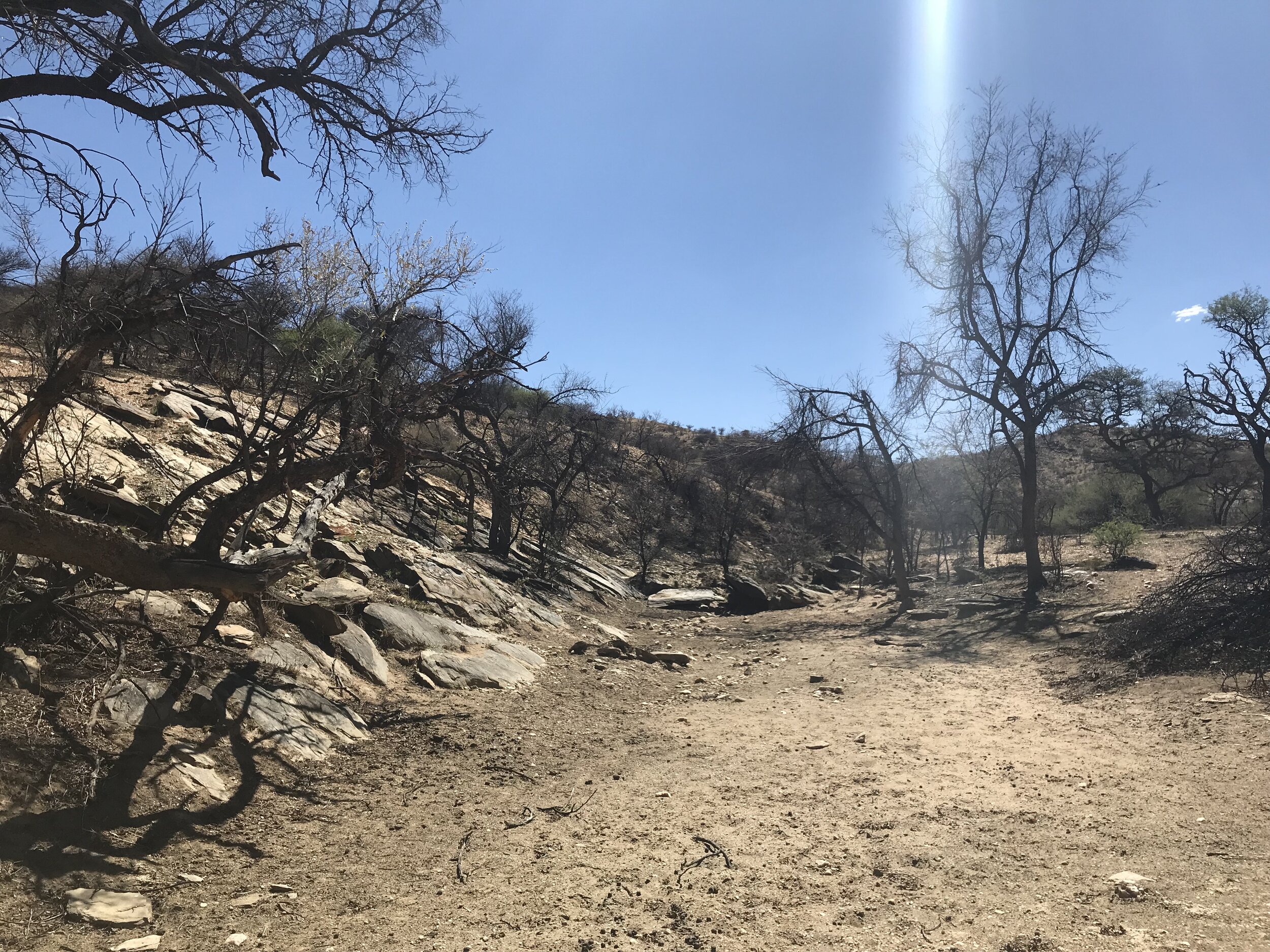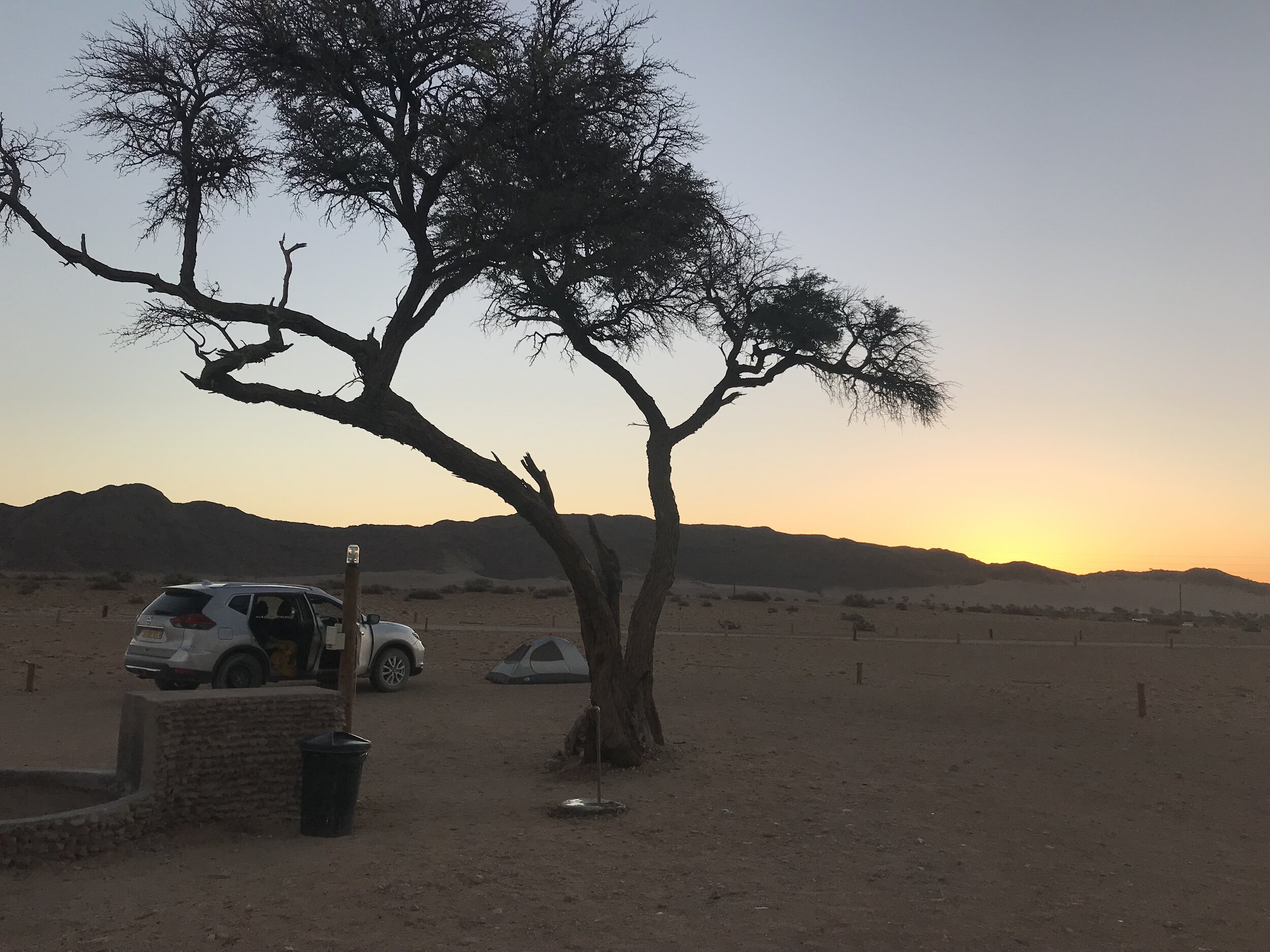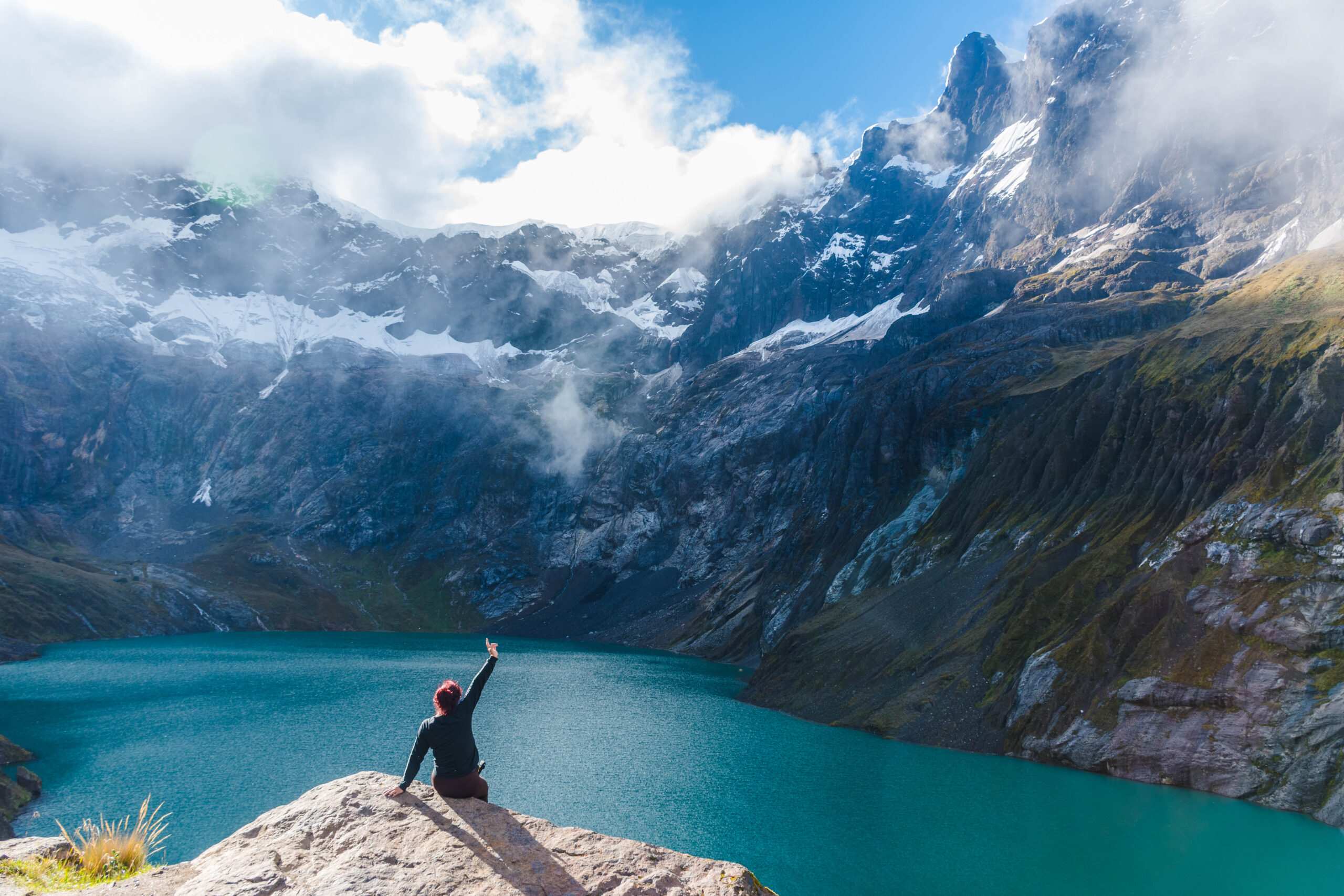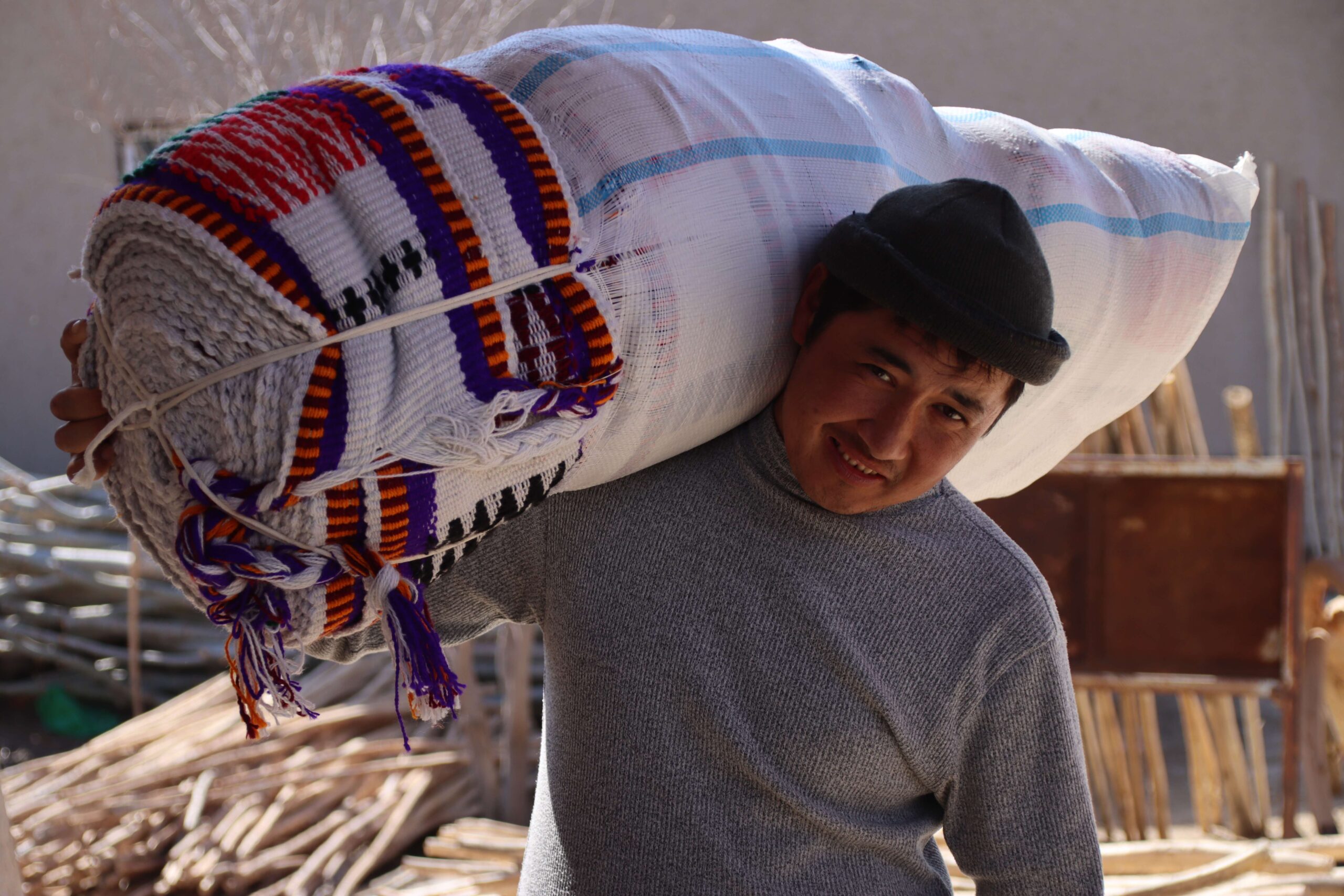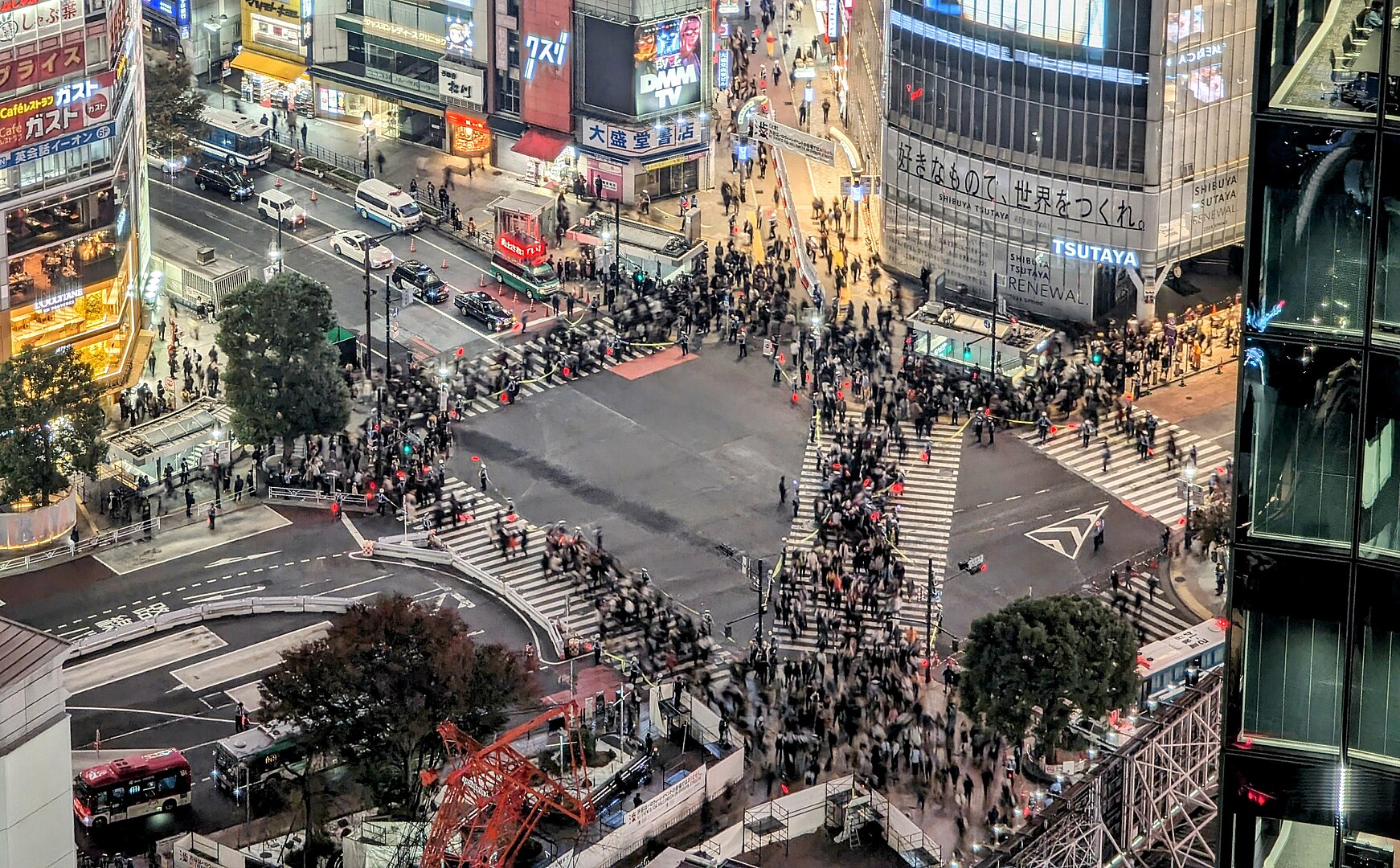Namibia in south-west Africa is “Africa for beginners,” and offers opportunities for classic and inexpensive African excitement in a way that is actually very… American. I found that when I was in the country, most of the traditional American urges I had were much easier to satisfy – even when compared with Europe.
For starters everyone speaks English, and while they do drive on the left-hand side of roads which are more often gravel than not, I found the culture shock to end there in all honesty.
Namibians love barbeques and beer, large steaks and larger cars, and with a favorable conversion rate of 15 Namibian dollars per US dollar, the average American can really stretch out and enjoy themselves, while not being required to check their home comforts at passport control.
American appeal
Each year, tens of millions of Americans choose to spend their holiday in the nation’s National Parks system. Whether it’s just being outdoors, interacting with wildlife, trekking, fishing, hiking, or camping, outdoor recreation is a deeply American desire which reflects both our history and future as a nation which defined the very idea of conservation at the turn of the 20th century.
The only places on earth that rival the American west for space, animal diversity, and natural scenery are the great wildernesses of Africa. Namibia is blessed as few African nations are in these realms.
Here are some of the uniquely American-pleasures Namibia can offer.
Grand Canyon look-alike
Fish River Canyon in southern Namibia is the world’s second largest canyon behind America’s Grand Canyon of the Colorado and the popular multi-day guided trek down, through, and up Fish River is legendary.
PICTURED: The canyon of the mighty Fish River in Southern Namibia. Photo credit: Thomas Schoch. CC 3.0
Meat + Fire = try the Zebra
The Namibian diet is one consisting primarily of meat, and the prefered method of cooking is with fire. This doesn’t only include cow and pig, but game species like oryx, springbok, zebra, kudu, (All of which are delicious – especially oryx) and plenty of fish if you are on the coast. Eat it – lots of it, with beer; good imported German beers (Namibia was part-owned by the Germans in the 29th century).
Beyond the steak, Namibia warmly embraces the Afrikaans tradition of “biltong” which is dried or jerked meat – available at specialty shops as well as gas stations and convenience stores, which includes beef and pork, but also zebra, and all the other plentiful game species listed above.
PICTURED: Zebra and fries for about $10 at Joe’s Beer House in Windhoek.
Self-guided Safaris
As an American I am used to a certain standard of outdoor recreation, one which usually involves minimal interaction with officials of any kind. I like my safaris through Yellowstone, Shenandoah, Sequoia, or Joshua Tree, just like yours – void of police, rangers, or any authority of any kind – knowing that the sacred “leave no trace” principle instilled in all American children from their first visit walk into the forest, mountain, or desert.
Probably the most popular places to go in Namibia – Sossusvlei and Etosha – both allow for self guided safaris.
Nothing spoils a magical moment in nature more than a safari-truck driver moving on down the track before you’ve finished enjoying the wildlife. The most important parks in Namibia are open to self-guided driving safaris, where you can move along at your leisure and stare at an oryx as long as you want from your vehicle.
Great camping infrastructure
Camping in Namibia is easy. Aside from the countless private lodges of luxury on huge private ranches, the ones situated in and around the national parks are really quite close to what you would find in Yellowstone, the Smoky Mountains, or Big Bend.
Also, if you’re going so far as to rent a camper van that can use electricity and running water, several of Namibia’s campsites are just that good. If you’re not sure you can call ahead as everyone in the country speaks English!
My campsite in Sesriem just outside of the entrance to Sossusvlei, a very popular attraction, had several warm showers, and even a swimming pool!
PICTURED: The view of the sun setting behind the dunes from my camp at the “primitive” option at Sossusvlei rest camp.
In Conclusion
Maybe a large part of your childhood was road trip vacations, or driving around national parks in the old RV, or a yearly camping tradition in Sequoia or Yellowstone.
If you’re thinking of taking your kids on safari or making sure you take one yourself before you die, there’s no need for anything other than basic travel sense to have a great time in Namibia and tick a lot of boxes off the African safari list – including elephants, rhino, wildebeest, cheetah, hippos, and more.
If you’re interested in going to the country, renting a vehicle and having an all-American safari, you should definitely read the World at Large guide to Renting a Car in Namibia.
Note: All photos are taken by Andrew Corbley, who retains exclusive rights to all. The unauthorized reprinting of this article or any of the images is strictly prohibited.
